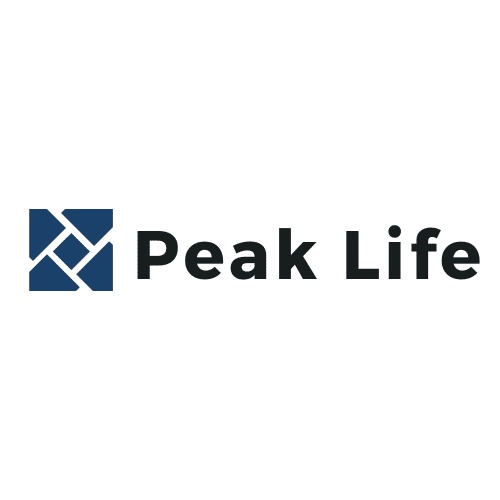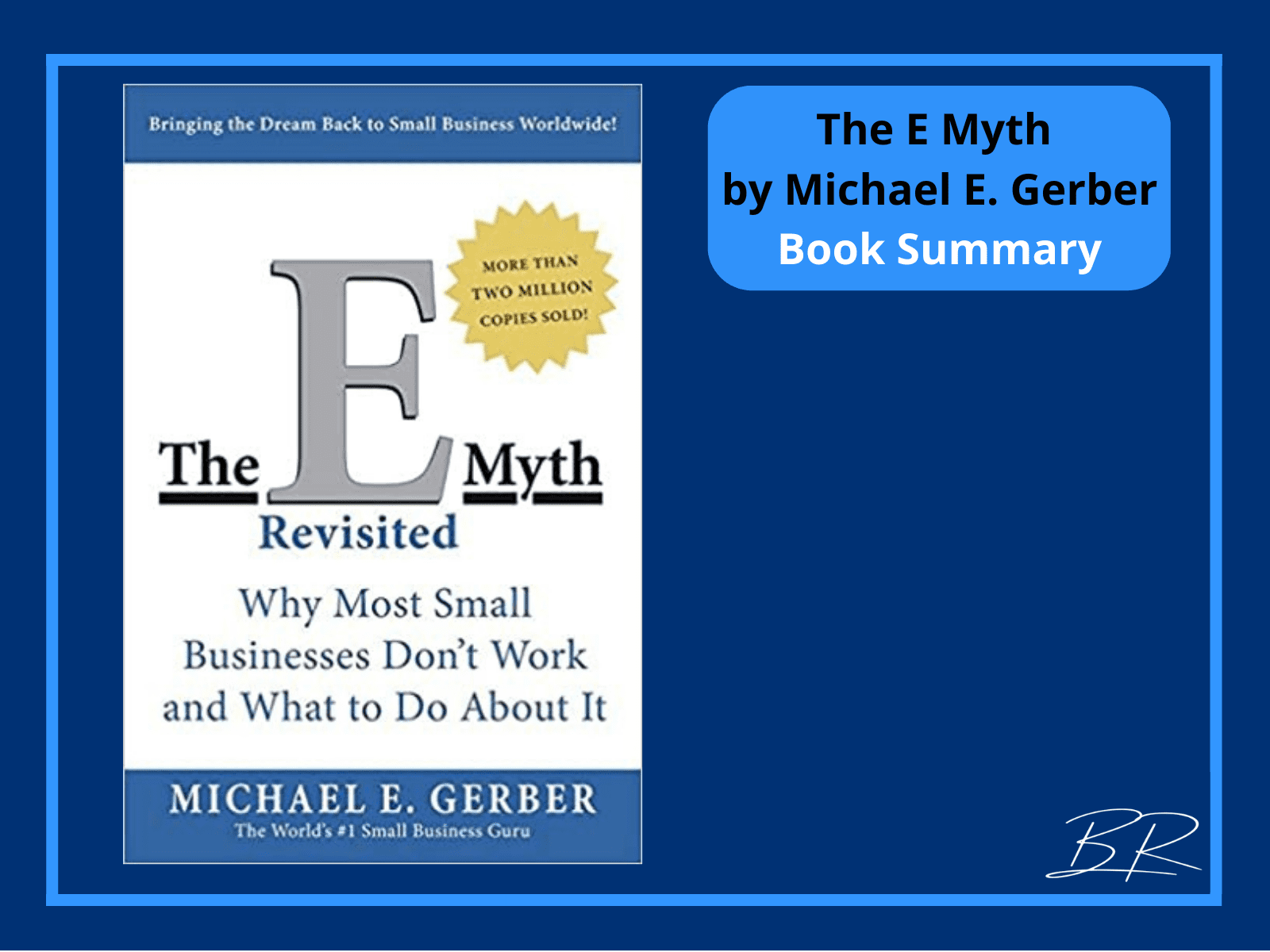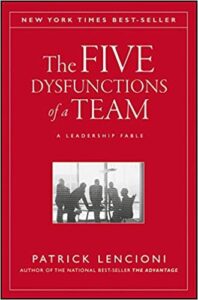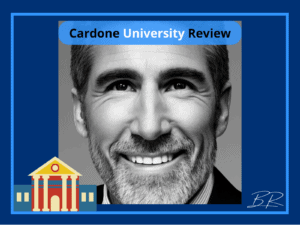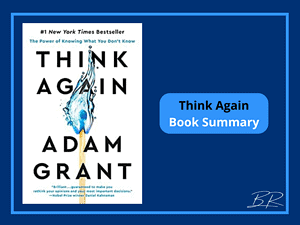The E-Myth Revisited – Michael Gerber
This post contains affiliate links that help supports this blog and cost you the exact same. If you do not wish to use affiliate links, then feel free to google the product.
Rating 5/5
The E-Myth Revisited – Michael Gerber – Book Summary
Date Consumed: March 2022
You Should Read If: you are starting a business, thinking about starting a business, or in a position of leadership at your job.
ISBN: 978-0887307287
The E Myth Book in 3 Thoughts
There are three prominent personalities required in each business: The Entrepreneur, The Manager, and the Technician.
- The Entrepreneur provides the vision for where the company is going and the energy to get there.
- The Manager provides the organization and systems to execute the Entrepreneur’s vision.
- The Technician provides the person-power to do the tasks. They are the ones turning the wrenches and baking the pies.
To The Manager, then, The Technician becomes a problem to be managed. To The Technician, The Manager becomes a meddler to be avoided. To both of them, The Entrepreneur is the one who got them into trouble in the first place! – Michael Gerber
The stages of business
Every business goes through the same stages with the same frustrations.
- The infancy Phase – is where the owner wears all of the hats. They are the Technician doing the work, the Manager trying to develop better systems, and the Entrepreneur setting the vision. They are doing every function and every task. All of the energy is spent inside the business trying to fulfill orders and not on the business trying to improve the system.
- Adolescent Phase – if the business is still alive, then it has become clear the owner can’t do all the work themself. Hence, they look to hire another employee, typically another technician who has the experience and can help with the neglected areas. With the extra help the owner feels a sense of relief and can finally stop working 14-hour days. However, the owner begins to let more things go and gives the other technicians too much free range. Without the overall vision or a manager to enforce that vision, the new hires’ work quality drops, and customers start to complain. Perhaps even taking their business elsewhere.
- Crisis Point – With the business dropping in quality and everything seeming out of control, the owner has to decide:
- They can go back to square one and do everything themself. This works for a while, but now there are employees paid to do nothing while the owner does everything. Overhead is high, and so is stress. Without energy going into improving the business, burnout and failure are unavoidable.
- They can grow as an owner and develop their management and entrepreneurial skills. Doing so they can grow the business by developing and implementing systems for their employees to use.
- Or they can do what most businesses do, nothing. They keep going and hope for the best. This creates more mess and more stress until the business either shrinks to zero or grows out of control. Either way, the business is on track for failure.
4. The Mature Phase – is where successful businesses operate. They have a clear vision and system to get there and to grow. They solve their customer’s problems while improving the business itself. To have a mature mindset, the business must be viewed from the Entrepreneur’s point of view and have work done to systemize and improve the business and not just fulfill orders.
The Franchise model
Each business needs to strive toward standardization and consistency within its tasks. Systematically improving the procedures to eliminate the bottleneck. A business should think of itself as a Franchise where its value is derived from the proprietary system it has to do business. If there is no system, then there is no successful business which is why so many small businesses fail.
Impressions and general feelings about the book
- I read this book cover to cover and was intrigued, inspired, and entertained the entire time. Note: it is important to understand that E Myth is short for Entrepreneurial Myth.
- The principles throughout this book aligned with my experiences in work, in my own business, and in coaching others. There were a lot of parallels between the development of a business and personal development.
- The power of an Entrepreneur, Manager, and Technician working together makes a great team. When a company has a great team, it can become profitable and be a great place to work.
How the book changed my mind
- I often thought of business as solving one problem. Where the company provides a product or a service that fixes a customer’s issue. However, after reading this book, I realized how much is involved in creating impact and solving a problem. To solve one problem for a customer, a business must solve a multitude of problems. They need to solve payroll, cash flow, distribution, marketing, product development, and customer support. To solve one problem successfully, we need to solve many.
- Understanding that the mature phase is also a mindset. This mindset can be used from the beginning. It is powerful to view business from the Entrepreneur’s, Manager’s, and Technician’s viewpoint. Doing so will show the complete requirements for a business and not just the surface-level ones.
What I am going to implement immediately in my life
- I will be more aware of who is involved when I’m working on a project: The Technician, The Manager, or the Entrepreneur, and remember that each has a different role to play, and each is very important.
- Spend more time systemizing processes so that they can be repeated and improved upon.
- Continue improving my entrepreneurial and management skills.
What I am going to stop doing immediately in my life
- Stop managing by the assumption that the technicians know how to do the task and why they need to do it.
- Stop forgetting that the customer is always first. They may not always be right, but they are always first.
- Working in the business at the exclusion of working on the business.
PS: Read about my daily life as an Engineer here.
Top 3 Excerpts
Excerpt 1
The difference between great people and everyone else is that great people create their lives actively, while everyone else is created by their lives, passively waiting to see where life takes them next. The difference between the two is living fully and just existing.
Excerpt 2
If your business depends on you, you don’t own a business—you have a job. And it’s the worst job in the world because you’re working for a lunatic!
Excerpt 3
I believe great people to be those who know how they got where they are, and what they need to do to get where they’re going. Great people have a vision of their lives that they practice emulating each and every day. They go to work on their lives, not just in their lives. Their lives are spent living out the vision they have of their future, in the present. They compare what they’ve done with what they intended to do. And where there’s a disparity between the two, they don’t wait very long to make up the difference.
